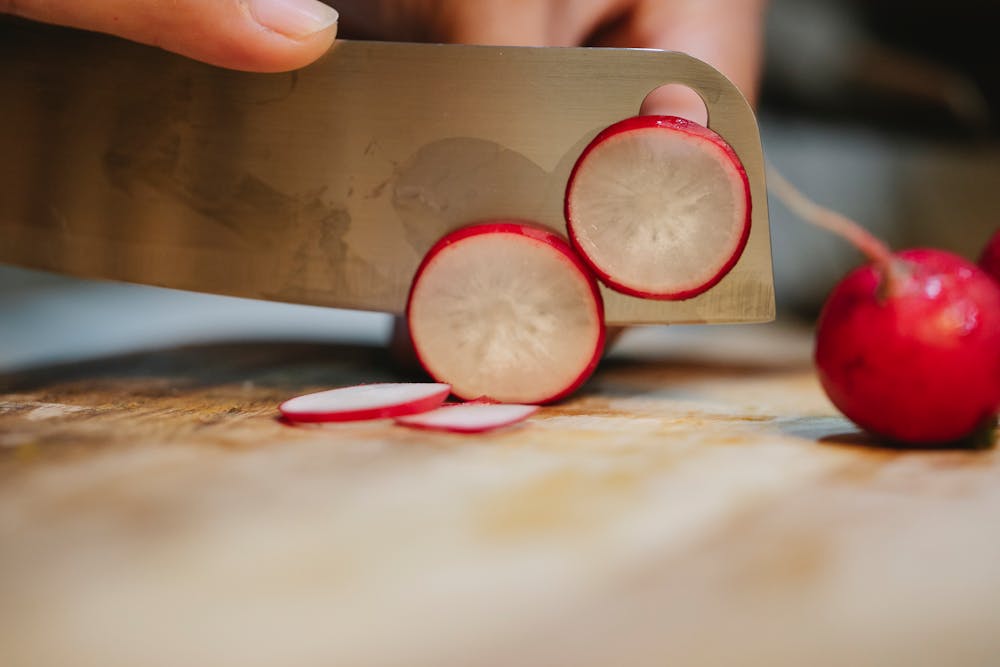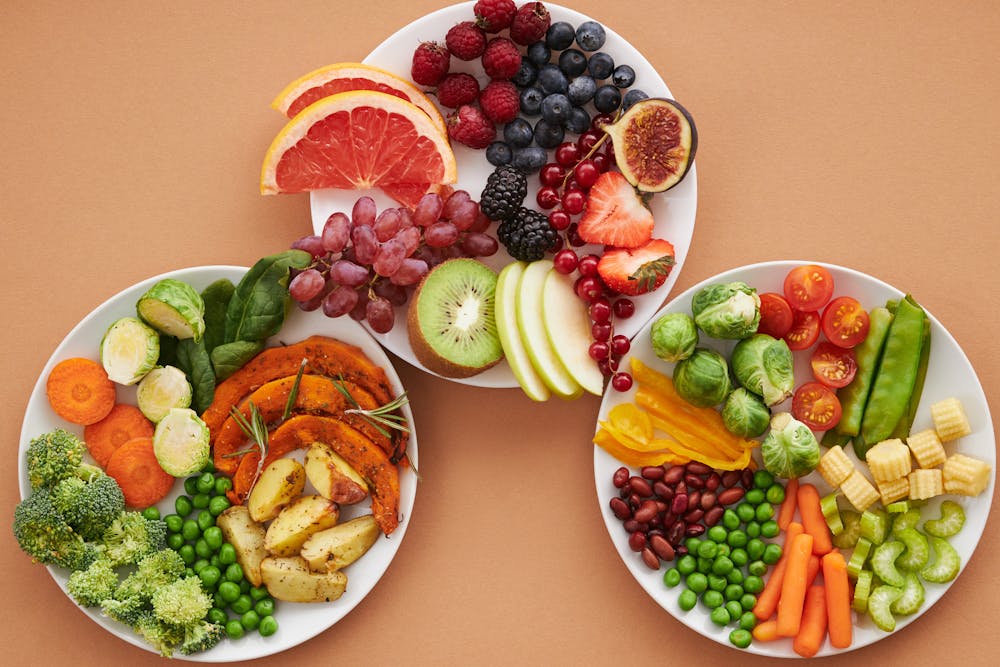As I delve deeper into the realm of healthy cooking, I’ve discovered the significance of employing cooking techniques that maximize nutrient retention in the foods I prepare. While it’s essential to choose nutrient-rich ingredients, how we cook and prepare our meals can significantly impact the nutritional value we derive from them. Here are some cooking techniques I’ve found to be particularly effective in preserving the nutrients in our foods:
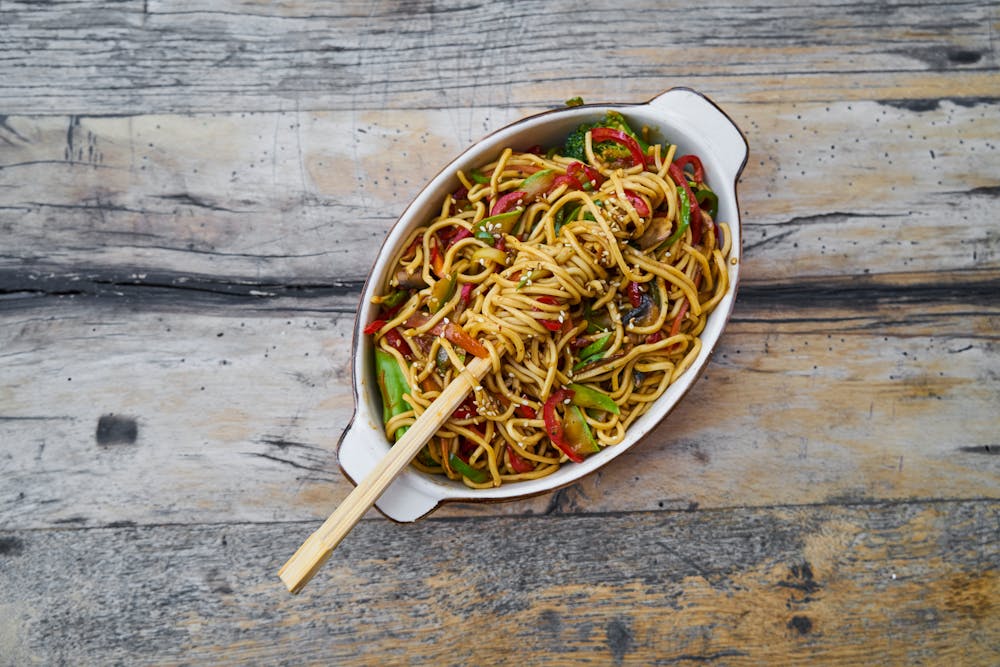 1. **Steaming:** Steaming is a gentle cooking method that uses steam to cook foods without submerging them in water. This technique helps retain water-soluble vitamins such as vitamin C and B vitamins, as well as minerals like potassium and magnesium. Vegetables like broccoli, carrots, and spinach maintain their vibrant colors and crisp textures when steamed, making them both nutritious and delicious.
1. **Steaming:** Steaming is a gentle cooking method that uses steam to cook foods without submerging them in water. This technique helps retain water-soluble vitamins such as vitamin C and B vitamins, as well as minerals like potassium and magnesium. Vegetables like broccoli, carrots, and spinach maintain their vibrant colors and crisp textures when steamed, making them both nutritious and delicious.
 2. **Sautéing and Stir-Frying:** Sautéing and stir-frying involve cooking foods quickly over high heat in a small amount of oil. These methods help preserve the integrity of delicate nutrients while enhancing the flavor and texture of ingredients. By using minimal oil and cooking for short periods, sautéing and stir-frying can help retain fat-soluble vitamins like vitamin E and beta-carotene found in vegetables like bell peppers, mushrooms, and kale.
2. **Sautéing and Stir-Frying:** Sautéing and stir-frying involve cooking foods quickly over high heat in a small amount of oil. These methods help preserve the integrity of delicate nutrients while enhancing the flavor and texture of ingredients. By using minimal oil and cooking for short periods, sautéing and stir-frying can help retain fat-soluble vitamins like vitamin E and beta-carotene found in vegetables like bell peppers, mushrooms, and kale.
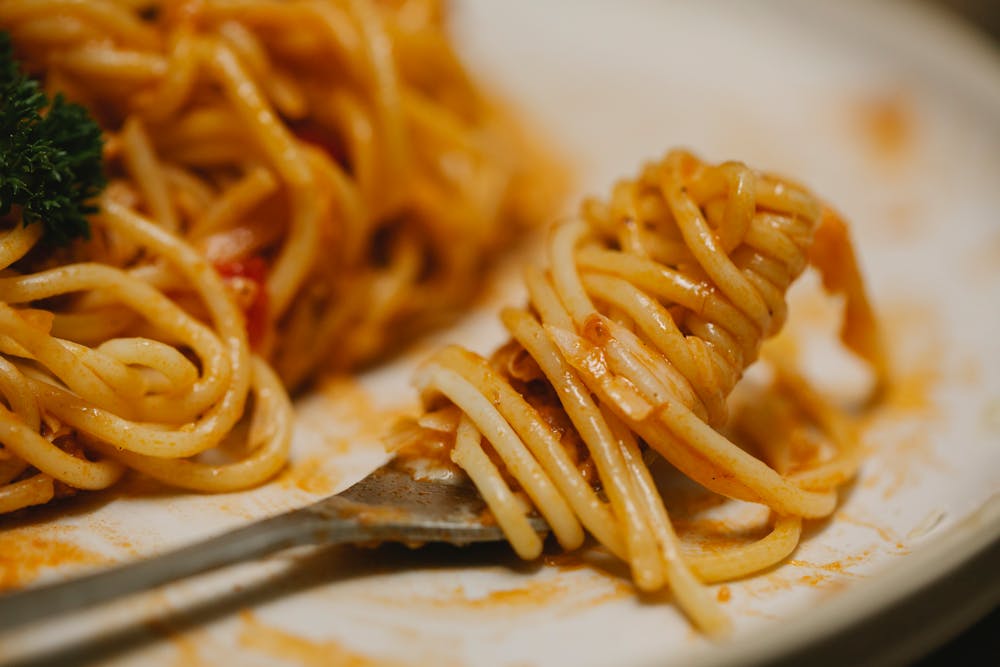 3. **Blanching:** Blanching involves briefly immersing vegetables in boiling water, followed by rapid cooling in ice water to halt the cooking process. This technique helps preserve the color, texture, and nutrient content of vegetables while removing surface dirt and microorganisms. Blanching is particularly effective for vegetables like green beans, asparagus, and broccoli, allowing them to retain their crispness and nutritional value.
3. **Blanching:** Blanching involves briefly immersing vegetables in boiling water, followed by rapid cooling in ice water to halt the cooking process. This technique helps preserve the color, texture, and nutrient content of vegetables while removing surface dirt and microorganisms. Blanching is particularly effective for vegetables like green beans, asparagus, and broccoli, allowing them to retain their crispness and nutritional value.
 4. **Grilling and Roasting:** Grilling and roasting are dry-heat cooking methods that enhance the natural flavors of foods while preserving their nutritional integrity. Grilling vegetables like zucchini, eggplant, and tomatoes imparts a smoky char and caramelization, while roasting root vegetables like sweet potatoes, carrots, and beets enhances their sweetness and depth of flavor. These methods help retain water-soluble vitamins, minerals, and antioxidants while minimizing the need for added fats or oils.
4. **Grilling and Roasting:** Grilling and roasting are dry-heat cooking methods that enhance the natural flavors of foods while preserving their nutritional integrity. Grilling vegetables like zucchini, eggplant, and tomatoes imparts a smoky char and caramelization, while roasting root vegetables like sweet potatoes, carrots, and beets enhances their sweetness and depth of flavor. These methods help retain water-soluble vitamins, minerals, and antioxidants while minimizing the need for added fats or oils.
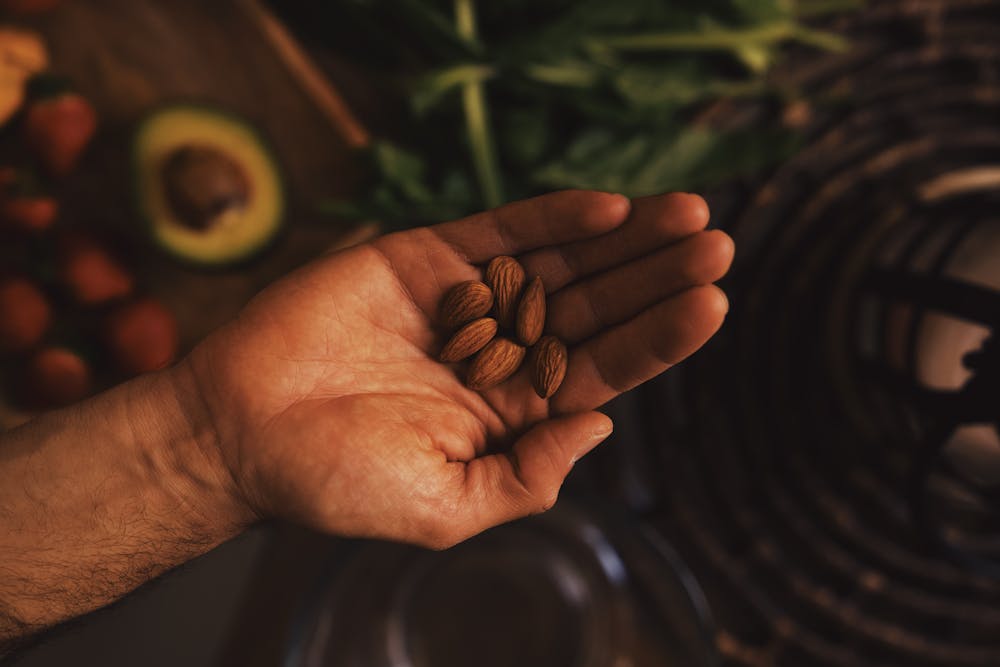 5. **Microwaving:** Microwaving is a quick and convenient cooking method that uses electromagnetic radiation to heat food from the inside out. Contrary to popular belief, microwaving is actually one of the best methods for preserving nutrients in foods, as it requires minimal cooking time and little to no added water or oil. Microwaving vegetables like broccoli, spinach, and carrots helps retain their color, texture, and nutritional value while reducing the loss of water-soluble vitamins and minerals.
5. **Microwaving:** Microwaving is a quick and convenient cooking method that uses electromagnetic radiation to heat food from the inside out. Contrary to popular belief, microwaving is actually one of the best methods for preserving nutrients in foods, as it requires minimal cooking time and little to no added water or oil. Microwaving vegetables like broccoli, spinach, and carrots helps retain their color, texture, and nutritional value while reducing the loss of water-soluble vitamins and minerals.
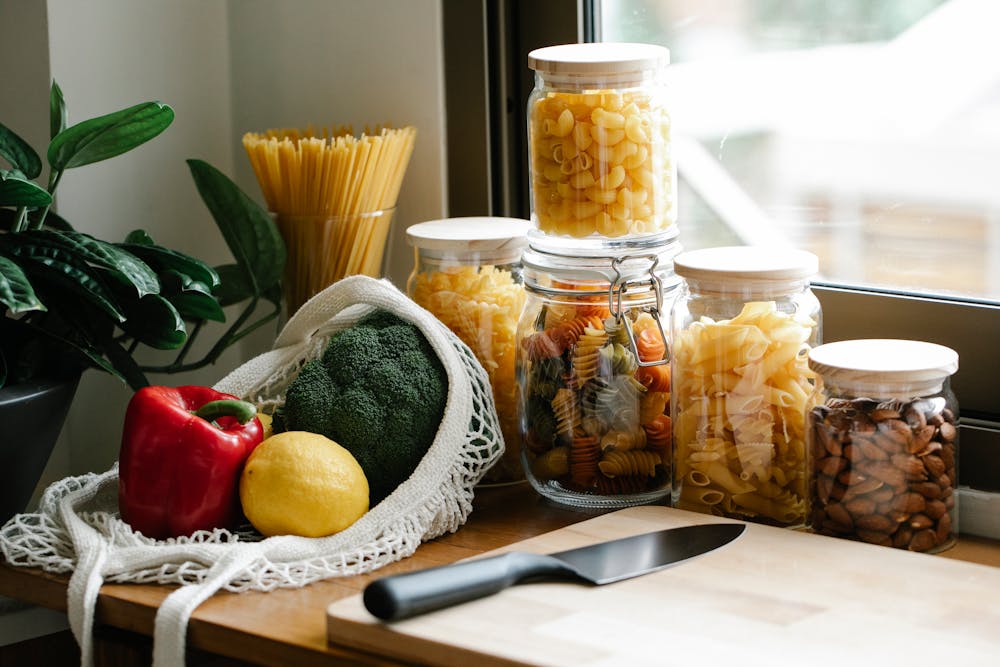 6. **Using Fresh Ingredients:** One of the simplest ways to maximize nutrient retention in cooking is to start with fresh, high-quality ingredients. Fresh fruits, vegetables, herbs, and spices contain the highest levels of vitamins, minerals, and antioxidants, making them ideal choices for nutritious meals. Choose locally grown, seasonal produce whenever possible, and opt for organic options to minimize exposure to pesticides and other contaminants.
6. **Using Fresh Ingredients:** One of the simplest ways to maximize nutrient retention in cooking is to start with fresh, high-quality ingredients. Fresh fruits, vegetables, herbs, and spices contain the highest levels of vitamins, minerals, and antioxidants, making them ideal choices for nutritious meals. Choose locally grown, seasonal produce whenever possible, and opt for organic options to minimize exposure to pesticides and other contaminants.
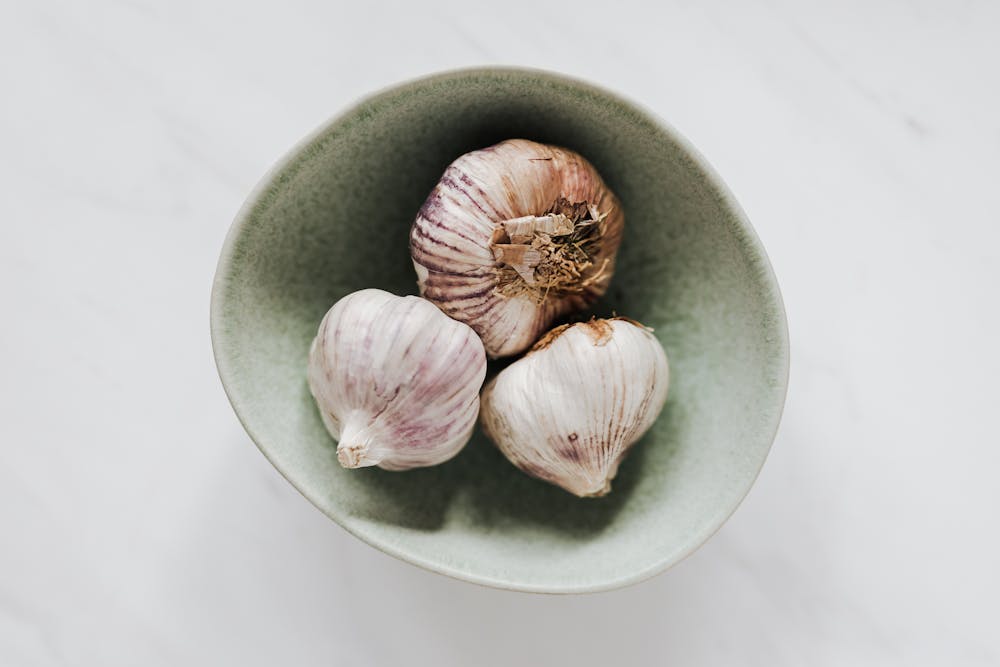 In conclusion, by incorporating these cooking techniques into our culinary repertoire, we can preserve the nutritional value of our foods while creating flavorful and satisfying meals. Whether steaming delicate vegetables, sautéing leafy greens, blanching crisp beans, grilling colorful peppers, roasting hearty root vegetables, or microwaving nutrient-rich greens, each method offers unique benefits for maximizing nutrient retention and promoting overall health and well-being. As I continue to explore the world of healthy cooking, I’m excited to experiment with these techniques and discover new ways to nourish my body and delight my taste buds with vibrant, nutrient-dense meals.
In conclusion, by incorporating these cooking techniques into our culinary repertoire, we can preserve the nutritional value of our foods while creating flavorful and satisfying meals. Whether steaming delicate vegetables, sautéing leafy greens, blanching crisp beans, grilling colorful peppers, roasting hearty root vegetables, or microwaving nutrient-rich greens, each method offers unique benefits for maximizing nutrient retention and promoting overall health and well-being. As I continue to explore the world of healthy cooking, I’m excited to experiment with these techniques and discover new ways to nourish my body and delight my taste buds with vibrant, nutrient-dense meals.
